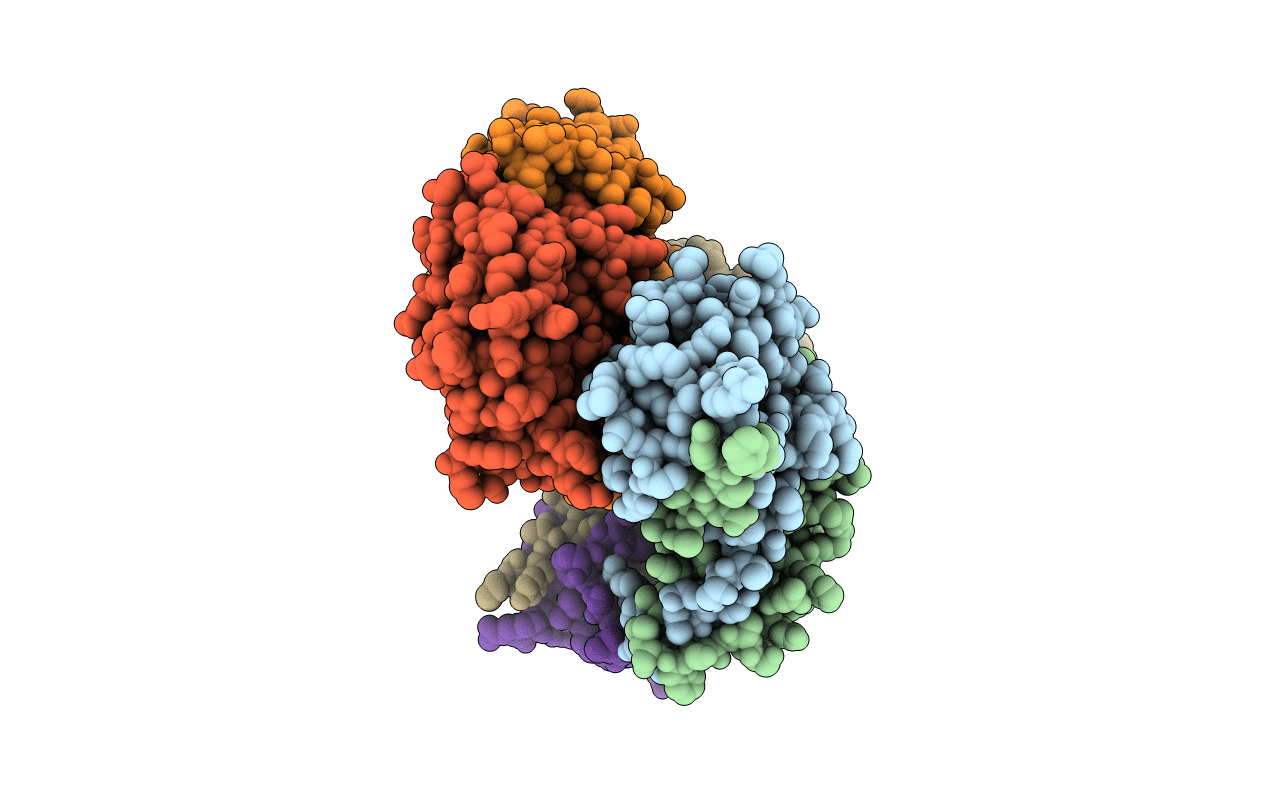
Deposition Date
2010-08-18
Release Date
2011-11-02
Last Version Date
2023-09-06
Method Details:
Experimental Method:
Resolution:
2.10 Å
R-Value Free:
0.25
R-Value Work:
0.20
R-Value Observed:
0.21
Space Group:
P 1 21 1


